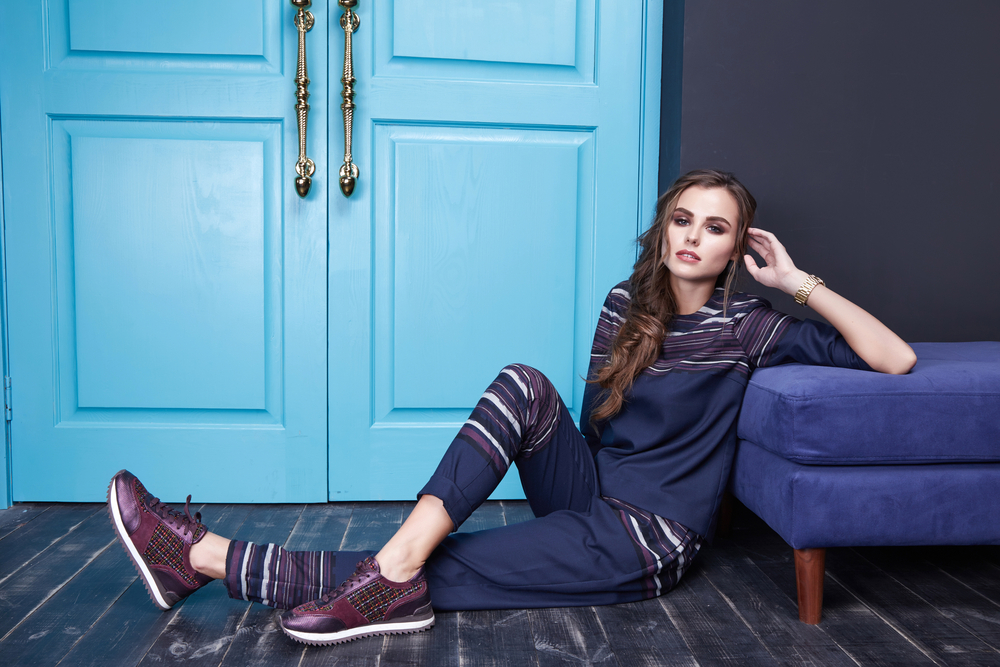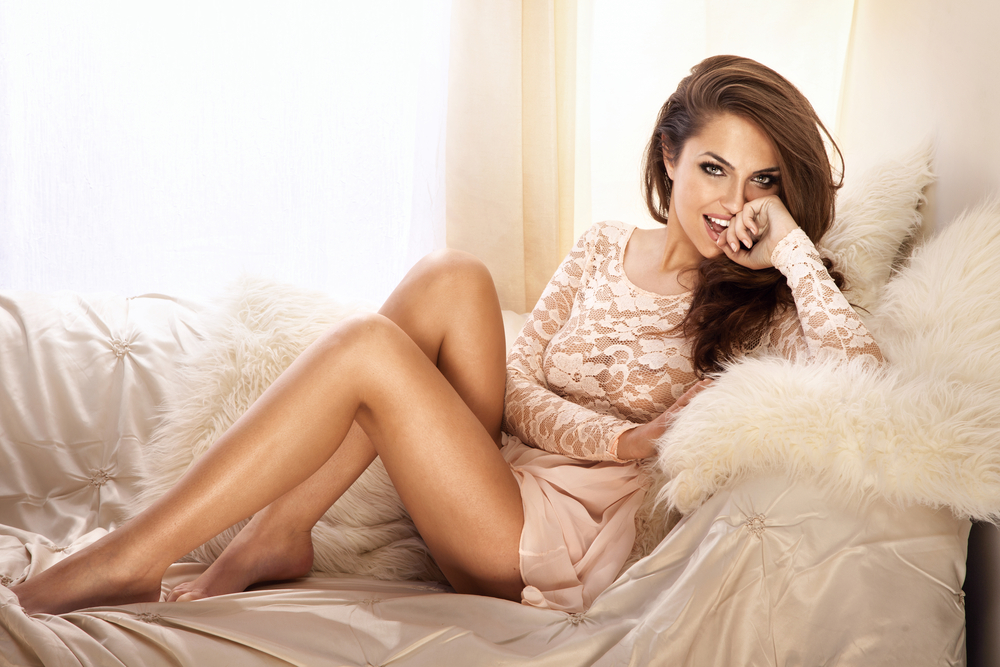
The Art of Modeling: Unveiling the Secrets Behind the Glamorous Industry
The Art of Modeling: Unveiling the Secrets Behind the Glamorous Industry
In today's world of fashion and entertainment, modelling has become an essential component. From gracing the covers of magazines and walking the runways of top designers to promoting various brands, models have a significant impact on shaping trends and inspiring millions worldwide. Behind the glamorous facade, however, lies a complex and demanding industry that requires exceptional skill and dedication. In this article, we'll delve into the art of modeling , uncovering the secrets that make this industry so fascinating and alluring.
The Essence of Modeling
At its core, modeling is an art form that combines physical beauty, grace, and expressiveness to convey a specific message or aesthetic. Models use their bodies as a canvas, employing various poses, facial expressions, and movements to capture the essence of a concept or product. They play a crucial role in bringing a designer's vision to life, transforming garments into aspirational objects.
The Different Types of Modeling

Modeling encompasses various genres, each with its own unique requirements and standards. Fashion modeling, which is perhaps the most well-known type, includes runway modeling and editorial work for magazines and advertising campaigns. Commercial modeling focuses on promoting products and services through print ads, TV commercials, and other media. There are also niches such as plus-size modeling, fitness modeling, and swimsuit modeling, which cater to specific audiences and body types.
The Demands and Challenges of the Industry
While the modeling industry exudes glamour and excitement, it is not without its challenges. Models face intense competition, long hours, and constant pressure to maintain certain physical standards. Maintaining a healthy lifestyle, including exercise, proper nutrition, and self-care, is crucial for success in this profession. Additionally, rejection is a common occurrence, as casting decisions often depend on factors beyond a model's control. Developing resilience and a strong work ethic are essential qualities for navigating the ups and downs of the industry.
The Role of Agencies and Clients
Modeling agencies play a pivotal role in the industry by representing and managing models' careers. These agencies liaise between clients and models, negotiating contracts, organizing castings, and providing guidance and support. Agencies also play a key role in protecting models' rights and ensuring fair treatment. On the other hand, clients, including fashion designers, photographers, and advertising companies, rely heavily on agencies to provide them with the right talent for their projects.
The Evolving Standards of Beauty
Over the years, the modeling industry has undergone significant transformations, particularly regarding societal beauty standards. In the past, models were primarily expected to fit a narrow range of conventional beauty norms. However, there has been a gradual shift toward embracing diversity, inclusivity, and body positivity. This change has opened doors for models of all ages, sizes, and ethnic backgrounds, reflecting a more realistic and representative view of beauty.
The Influence of Social Media on Modeling
The rise of social media platforms has revolutionized the modeling industry. Models now have the opportunity to build their personal brands, reach a global audience, and directly engage with their fans. Social media platforms also serve as a platform for aspiring models to showcase their talent, gain exposure, and connect with industry professionals. However, this accessibility brings its own set of challenges, such as increased competition and the need to navigate online platforms responsibly.
Frequently Asked Questions
1. What are the height and weight requirements for becoming a fashion model?
The height and weight requirements for fashion models can vary depending on the market and specific niche. Generally, fashion models are expected to be tall, typically between 5'9" and 6'0" for females and 6'0" and above for males. As for weight, a healthy and proportionate body is generally desired, with an emphasis on a toned physique.
2. How do I get started in the modeling industry?
Getting started in the modeling industry requires a combination of determination, perseverance, and professional guidance. It is recommended to reach out to reputable modeling agencies in your area and submit your portfolio or attend open casting calls. Building a strong online presence through social media platforms can also help attract the attention of industry professionals.
3. What are the risks associated with the modeling industry?
Like any profession, the modeling industry comes with its own set of risks. These can include excessive pressure to meet certain beauty standards, potential exploitation, irregular working hours, and intense competition. It is important for aspiring models to be aware of these risks and seek out reputable agencies and clients that prioritize their well-being.
4. How important is networking in the modeling industry?
Networking plays a crucial role in the modeling industry. Building relationships with professionals, including photographers, stylists, and other models, can lead to new opportunities and collaborations. Attending industry events, fashion shows, and workshops is a great way to meet people and expand your network. Social media platforms also offer a valuable tool for networking and connecting with industry insiders.
5. Is modeling a long-term career?
The longevity of a modeling career depends on various factors, including individual talent, market demand, and personal goals. While some models have successful careers that span decades, others may choose to transition into other areas of the industry, such as photography or fashion design. Building a diverse skillset and being adaptable can contribute to a longer and more sustainable career.
In conclusion, modeling is an art form that demands not only physical beauty but also dedication, professionalism, and resilience. The industry has witnessed significant changes, moving towards more inclusive and representative standards of beauty. Aspiring models should approach this career with a realistic understanding of its demands and risks while embracing the opportunity to make their mark in the ever-evolving world of fashion and entertainment.
Other useful resources
- https://en.wikipedia.org/wiki/Category:Models_by_modeling_agency
- https://en.wikipedia.org/wiki/Category:Modeling_(profession)
- https://www.planetmodelphoto.com/models/modeling/usa/charlotte/nc-north-carolina